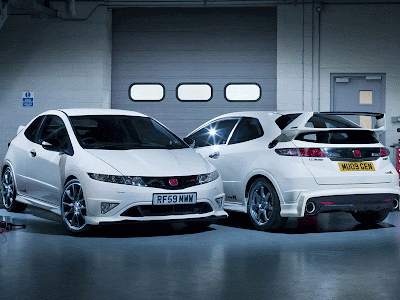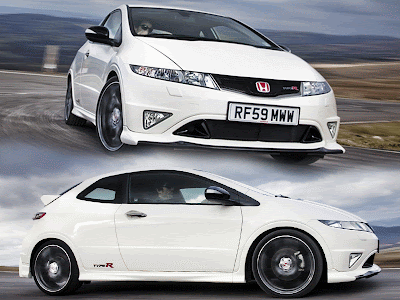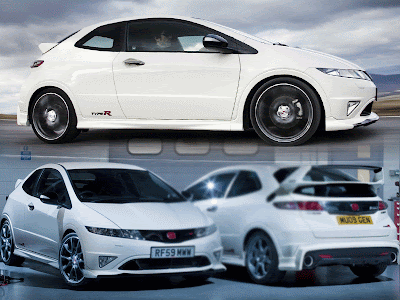Looks like a Civic, drives like a Civic, but achieves better gas mileage than a regular Civic. In a nutshell, that's the Civic hybrid, one of the best cars for highway commuters according to Forbes Magazine. Honda's second generation hybrid Civic offers improved city fuel economy, and an incredibly better body design with softer, sleeker design cues. And within 2 - 3 years, the Civic hybrid will make another upgrade, when it switches from NiMH battery technology to lithium-ion technology, which could provide Civic hybrid-like performance, but at a cheaper cost. And, despite some complaints over mileage, particularly in city traffic, most Civic hybrid owners are very happy with the gas mileage of their hybrid Civics.

2010 Honda Cars Civic Hybrid
The 2010 Honda Civic Hybrid does just what it's designed to do: carry you and yours all over town with superb fuel efficiency. The four-door 2010 Civic Hybrid uses a blend of gasoline and electric power to achieve a real-world 45 mpg, but hardly anyone will know you're driving a hybrid. It's the hybrid for people who don't need to show off their green credentials. At a base price of $23,800, the Civic Hybrid competes with the Volkswagen Jetta TDI clean diesel sedan, the Honda Civic GX natural-gas vehicle, and the all-new 2010 Toyota Prius hybrid hatchback.

It takes a trained eye to tell the 2010 Honda Civic Hybrid apart from other Civics. Along with the other Civic four-door sedans, it got a new grille and lights last year; otherwise, it's unchanged for 2010. The Hybrid's minor exterior tweaks include different wheels, clear turn-signal lenses, turn indicators built into the side-view mirror housings, and a small trunk-lid spoiler. Inside, it sports blue lighting and a wonderfully rich blue cloth interior and blue vinyl dash cap.

The 2010 Honda Civic Hybrid with advanced Integrated Motor Assist IMA® hybrid technology achieves an EPA-estimated city/highway fuel economy of 40/45 miles per gallon and includes Vehicle Stability Assist (VSA) and an available leather-trimmed interior with heated front seats, a leather-wrapped steering wheel and shift knob, and heated side mirrors.

The Civic Hybrid is certified by the California Air Resource Board (CARB) as an Advanced-Technology Partial Zero Emissions Vehicle (AT-PZEV). A continuously variable transmission (CVT) is standard equipment.

The Civic Hybrid can deactivate all four of its cylinders and operate using only the electric motor in certain low-speed cruising situations. Power for the Civic Hybrid is provided by a 1.3-liter i-VTEC 4-cylinder engine and a 15 kilowatt electric motor, producing a combined 110-horsepower @ 6000 rpm and combined 123 lb-ft. of torque @ 1000-2500 rpm.

Speaking of technology, the second generation hybrid Civic also increased its horsepower, which when combined with a continuous variable transmission, provides a smooth, yet powerful ride. Ultimately, the Civic hybrid significantly reduces fuel consumption without losing any performance.

The 2010 Honda Civic lineup has its bases covered with technologically advanced Civic Sedan and Coupe models, a Civic Hybrid, a high-performance Civic Si and a dedicated natural gas-powered Civic GX. All Civics were recently enhanced inside and out for the 2009 model year with new exterior styling, colors and increased availability of tech-friendly features. For 2010, the entire range of Civics remains largely unchanged.

The Honda Satellite-Linked Navigation System, available on Civic EX, EX-L, Si and Hybrid models, has a 6.5-inch motorized display that opens and closes for access to the internal single-disc CD player, and a digital audio-card reader that can play MP3 and Windows Media® Audio (WMA) files from CompactFlash® cards (via a PC card adapter).

The navigation system features more than 7 million points of interest and the voice activation can control the navigation menus and the audio system, along with entering city and street names.

The system includes Bluetooth® HandsFreeLink®, a wireless telephone interface that works with compatible Bluetooth-enabled mobile telephones for hands-free operation via steering wheel-mounted controls.











































